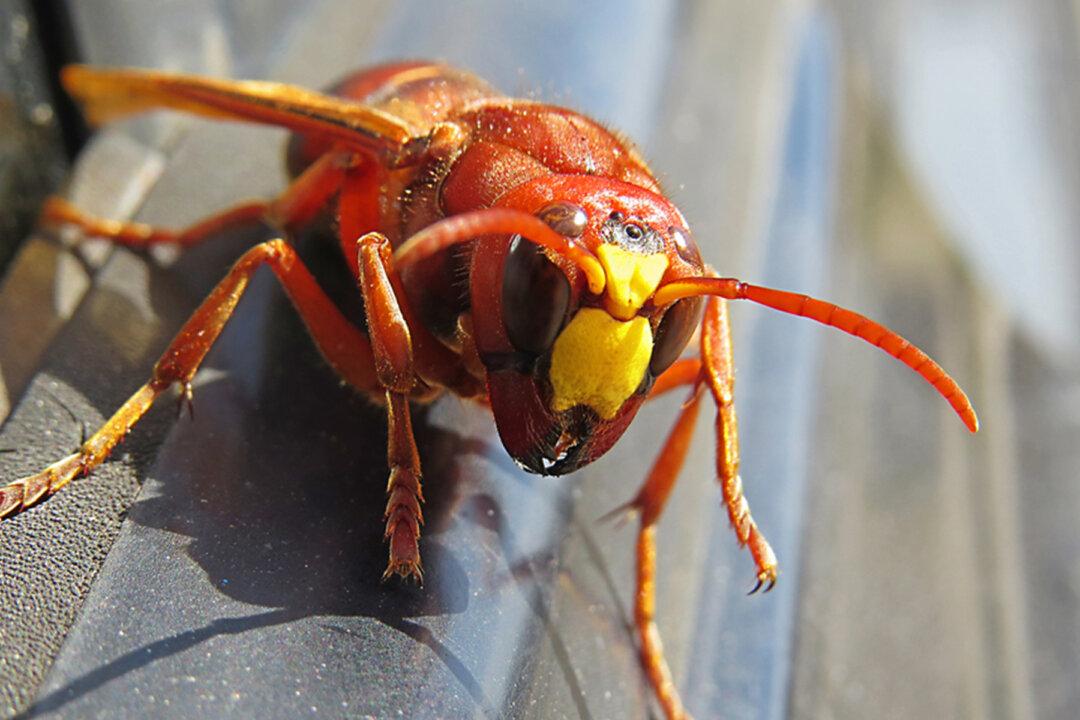Asian giant hornets with the nefarious nickname “murder hornets” have recently been discovered in the United States for the first time. Scientists are rallying to prevent a 2020 invasion from the pests, fearing the U.S. honeybee population could be vulnerable to attack with devastating consequences.
The giant hornets attack using mandibles shaped like spiked fins to decapitate their primary prey, the honeybee, which is already an endangered species. The hornets target honeybee hives in groups of up to 50 and are able to decimate an entire colony in mere hours before flying off with the bodies to feed their young.





